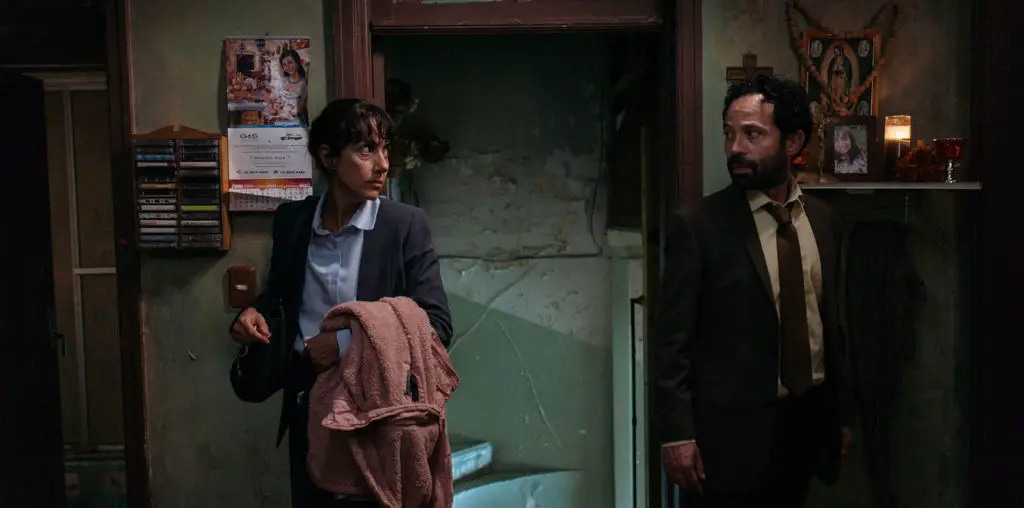
War. While the true horrors of war may never fully be comprehended by those who have never been on the front lines, many artistic expresssions in music, television and film have done their best to portray the most accuarate depiction of the hell that is warfare to the civilian population. From the bravado of the films of John Wayne to the shell shocked survivor stories as made by Sam Fuller the style of how a war story should be told is a crucial decision on the part of the director. With that being said, the decison to recreate the horrors of the Japanese atrocities committed to the Chinsese people during World War II into a hardcore splatter film is a curious yet strangely rewarding one. Tun Fei Mou’s “Black Sun: The Nanking Massacre” is actually the fourth in the “Men Behind the Sun” series of films detailing atrocities committed against the Chinese during the second World War. Whereas the first few installments concentrated on the deranged Japanese medical experimentation performed upon Chinese POW’s, this film takes the horror to a whole new level by showing the heinous acts committed against innocent Chinese civilians in Nanking. Instead of a quiet, subtle mood piece contemplating the dark side of human nature, “Black Sun: The Nanking Massacre” is as in your face as they come. An old woman is thrown in a fire for protesting, an expectant mother is violently speared by a bayonet, hundreds of civilians are executed in contests held by soldiers: Suffice to say this is not your average war film. Held loosely together by the plot threads surrounding several high ranking Japanese soldiers competing for glory in the invasion (also comparing body counts) and two children hiding in the city as it is pilaged waiting for their captured uncle to return, “Black Sun: The Nanking Massacre” could almost be viewed as a war crimes greatest hits compacted into a hour and a half. At first the nonstop senseless violence is overwhelming, that is until one realizes that this is a true story. As gory and tasteless as this film is there is a method to its madness. When a soldier seeks to test his new swords strength by cutting off the heads of seven prisoners it must be realized by the audience that this act is not a screenwriter’s violent fantasy by a reenactment of a true account. Is this film for the squeamish? HELL NO. Does it stay with you? YES. The violent acts are handled in a surprisingly mature manner, cutting away quickly once the atrocity has been committed. In the end, this blunt, in your face presentation may be a better representation of the events than a more tasteful account. After all, “Schindler’s List” drew its power from being such a well made story of a Holocaust that Americans were familiar with. Having already understood the atrocities committed by the Germans we as an audience can understand Spielberg’s restraint in storytelling. However, the Japanese decimation of the Chinese is certainly not as well known here in the states and this graphic depiction is able to serve as a violent wake up call in a way a quieter piece never could.
While not an approach one would want in all war films, the splatter approach helps the “Men Behind the Sun” series of films to be grim reminders of a dark period in human history, allowing us the opportunity to be so repulsed we will make sure it will not happen again.
